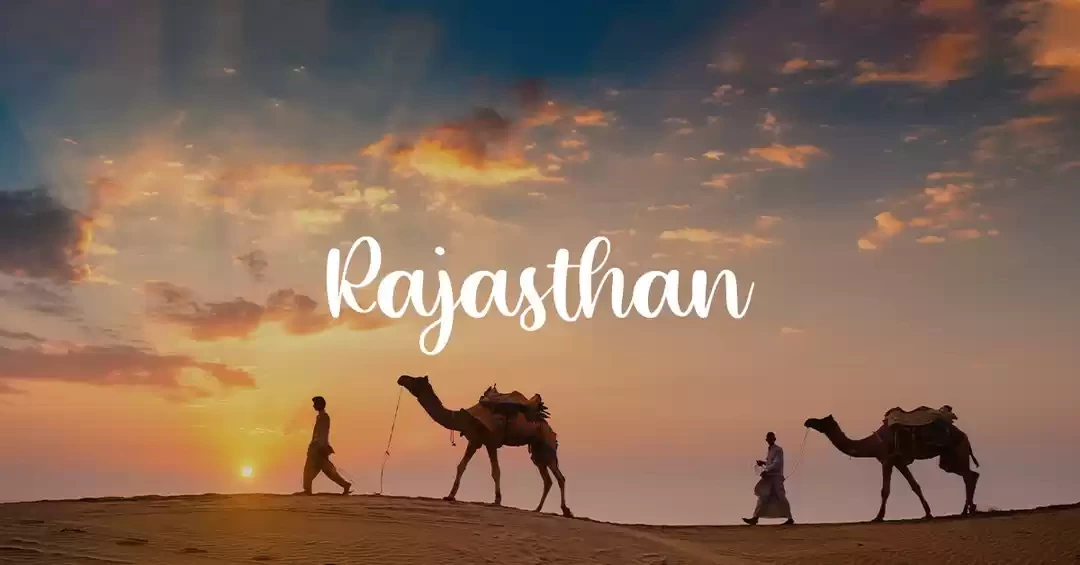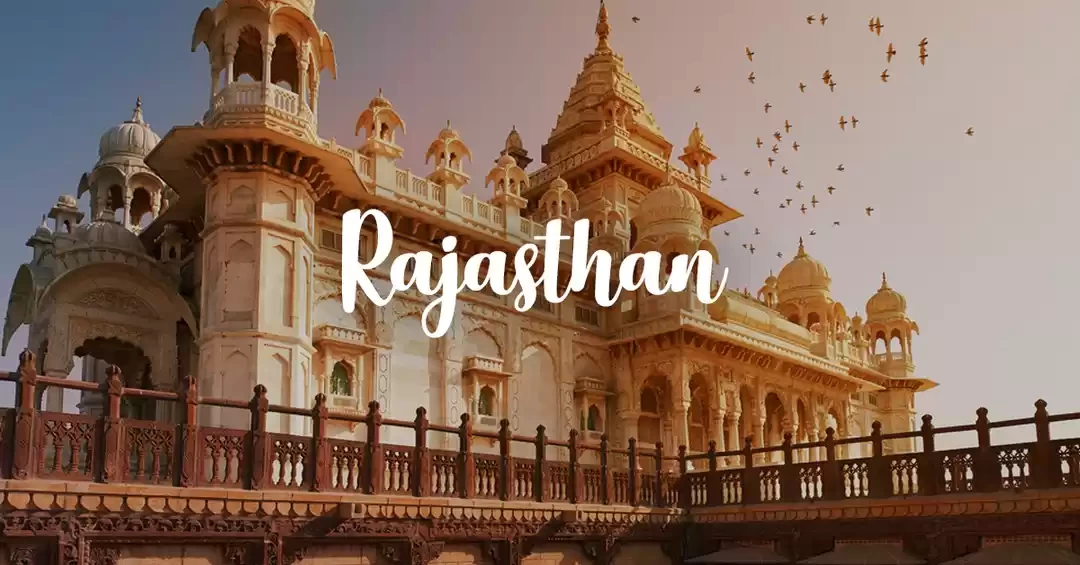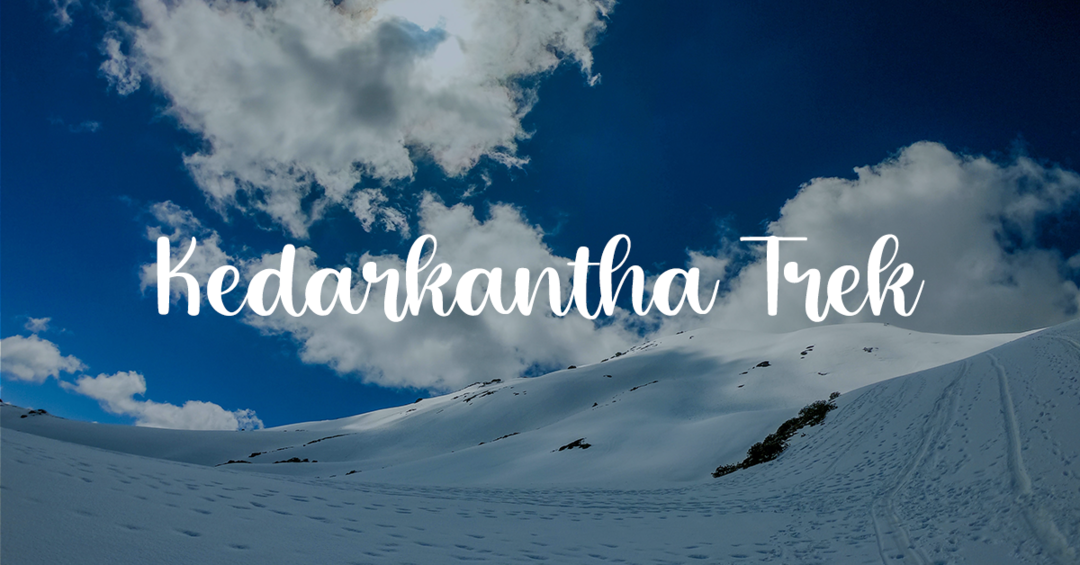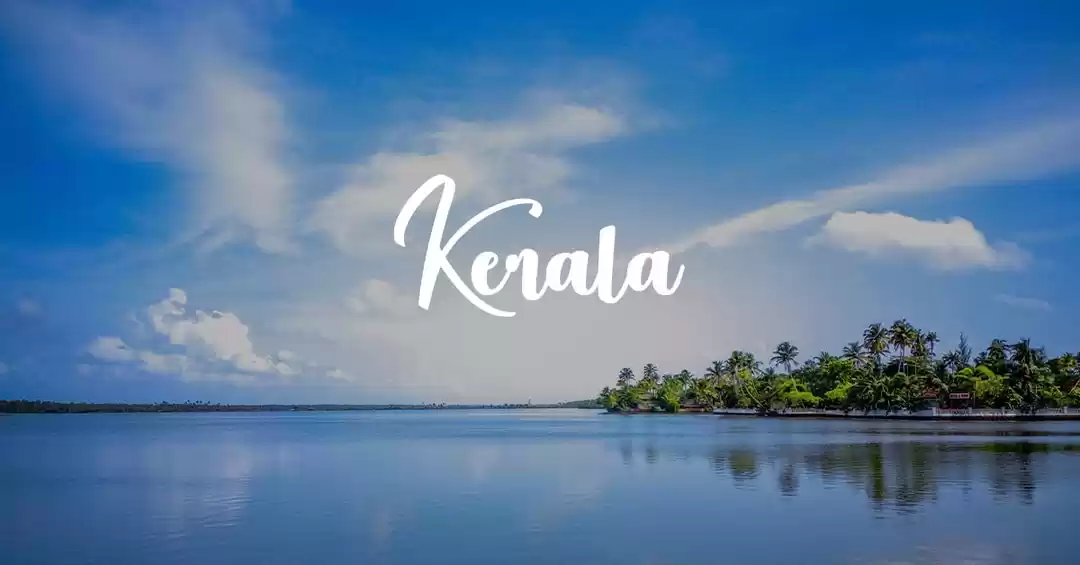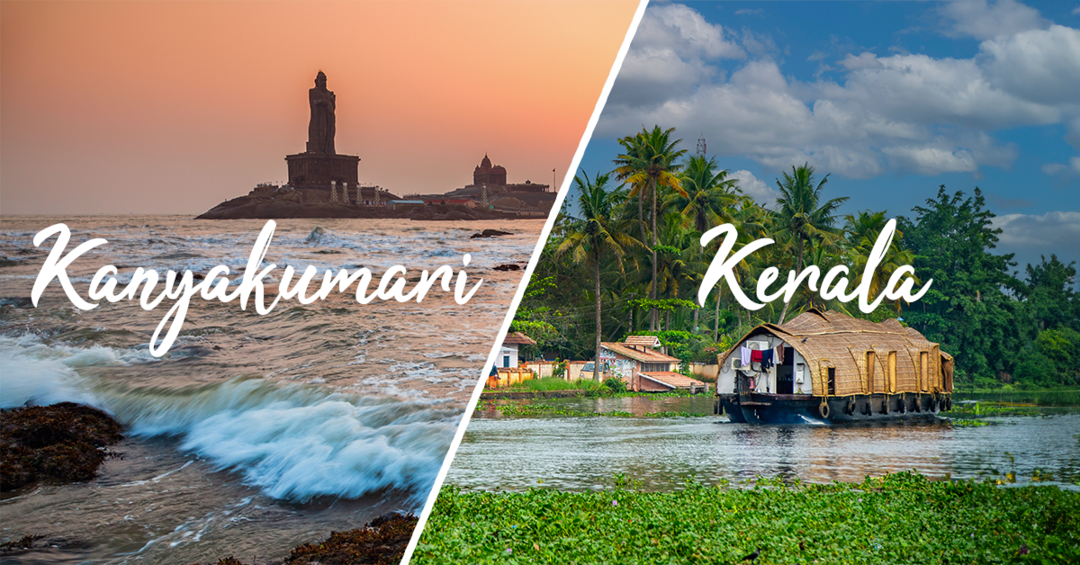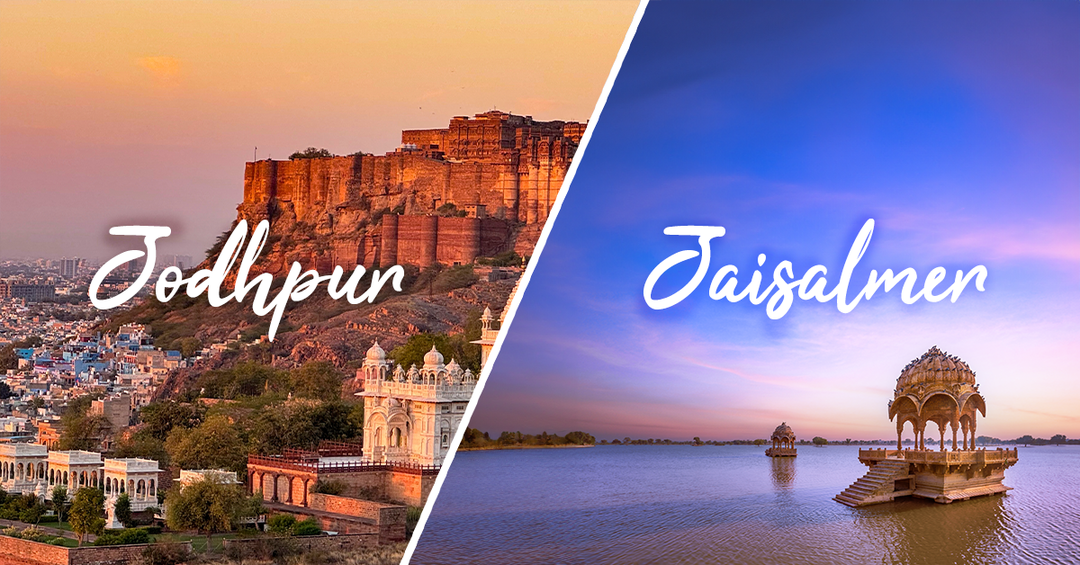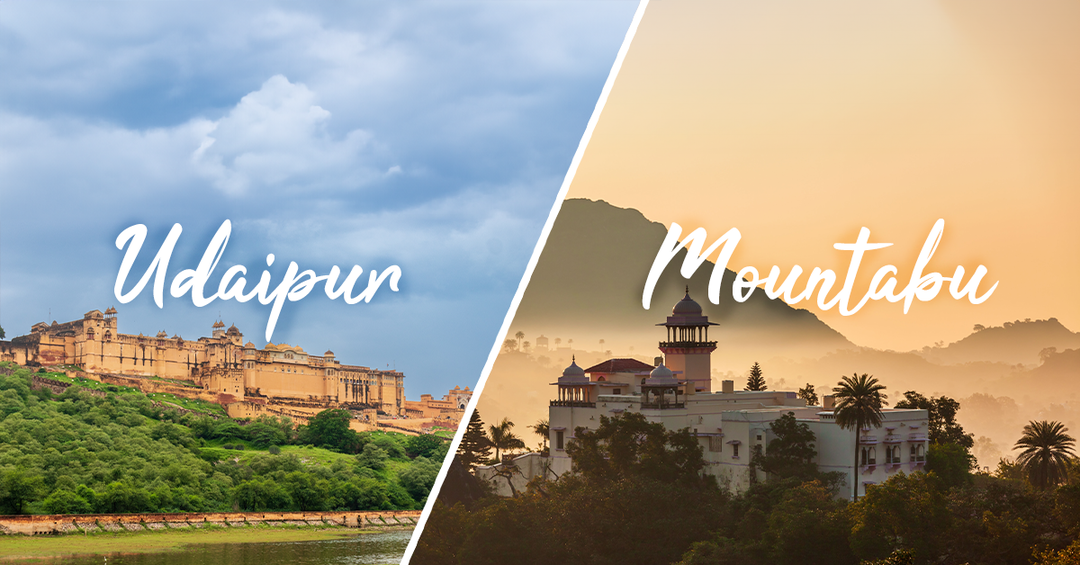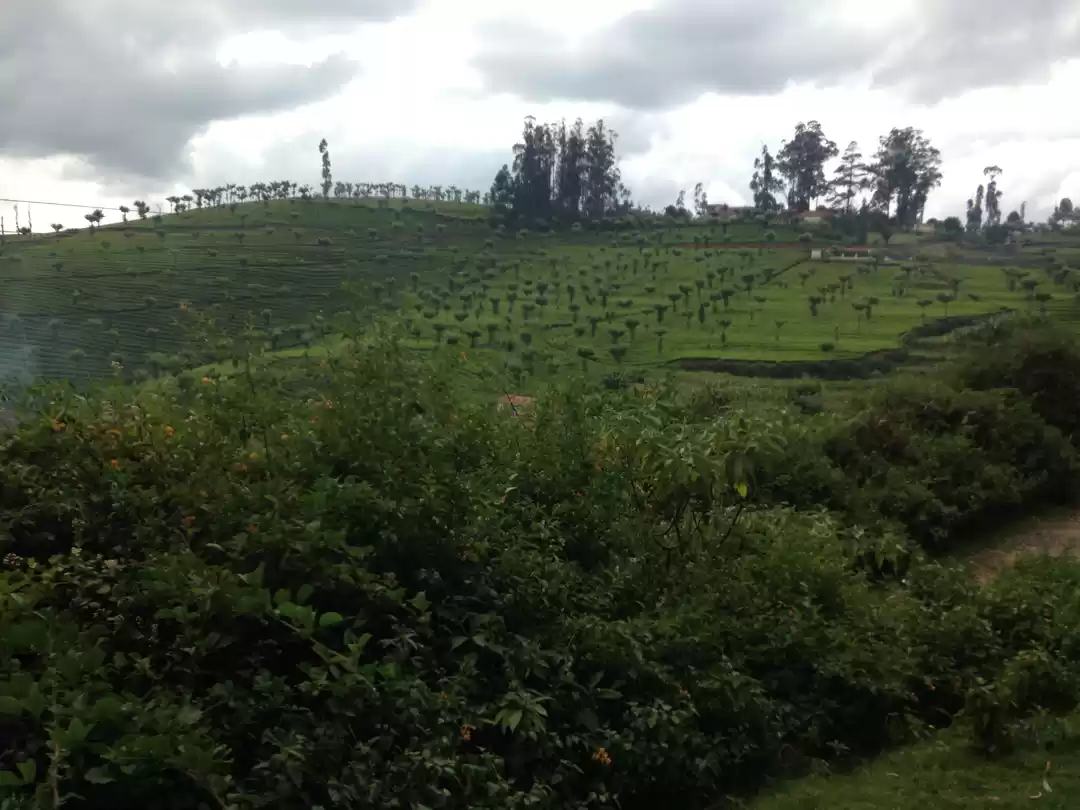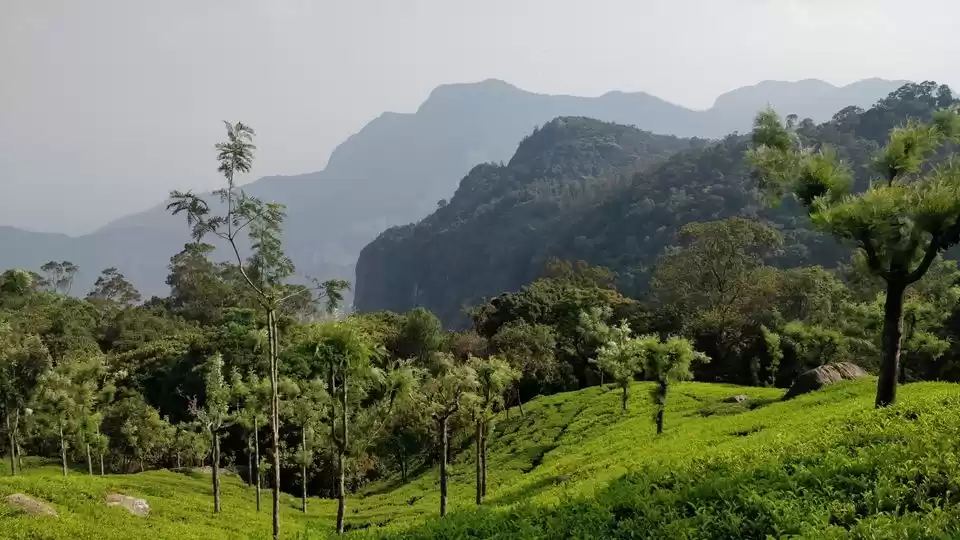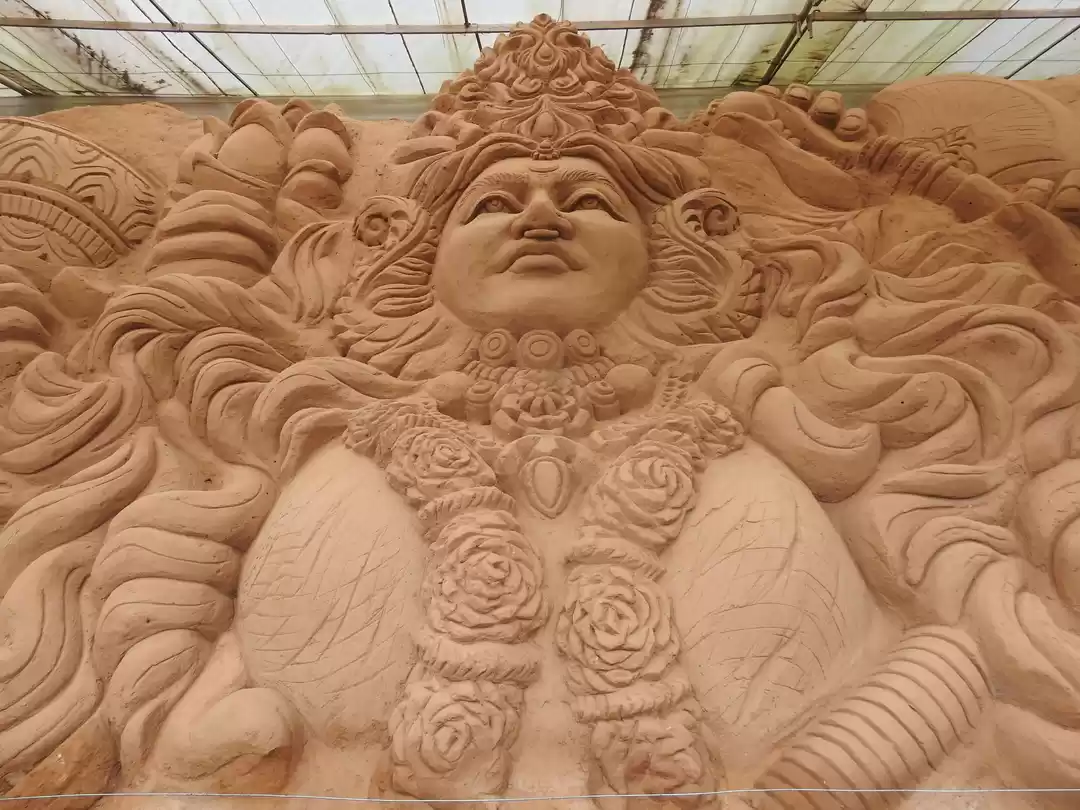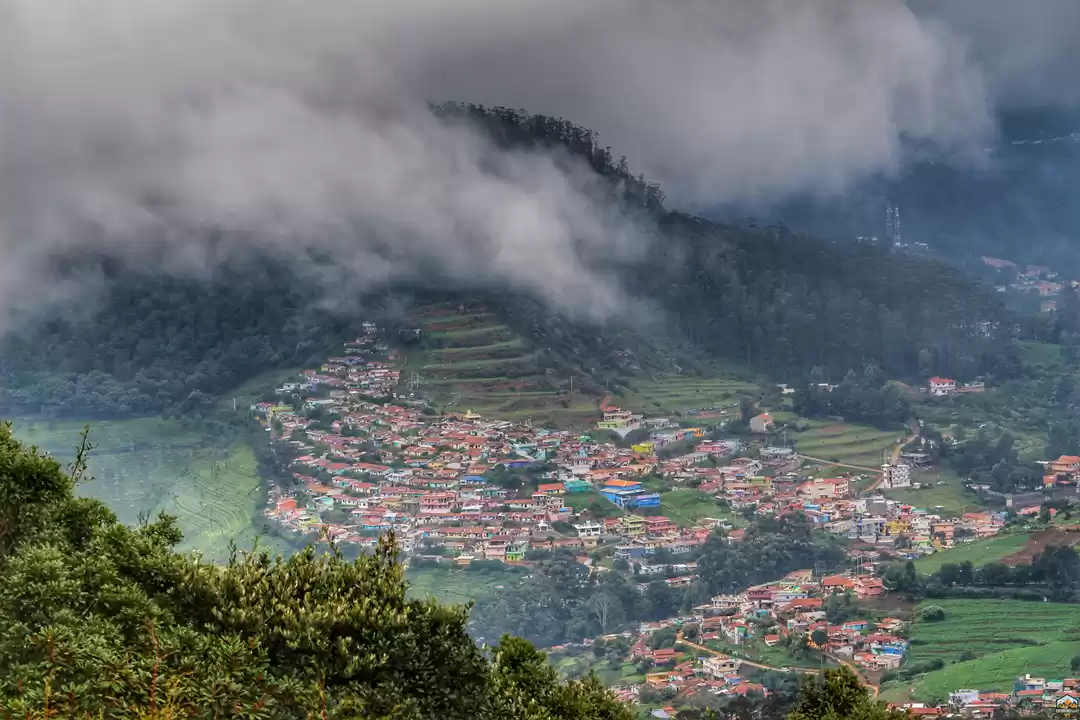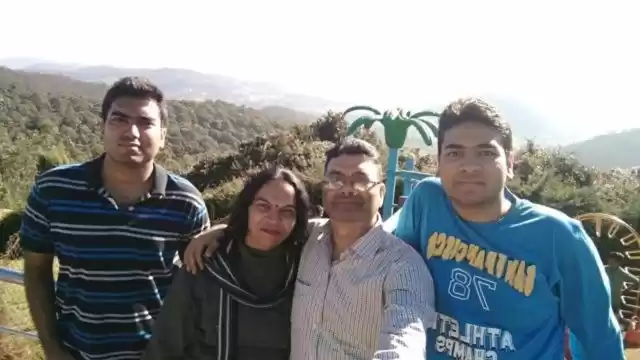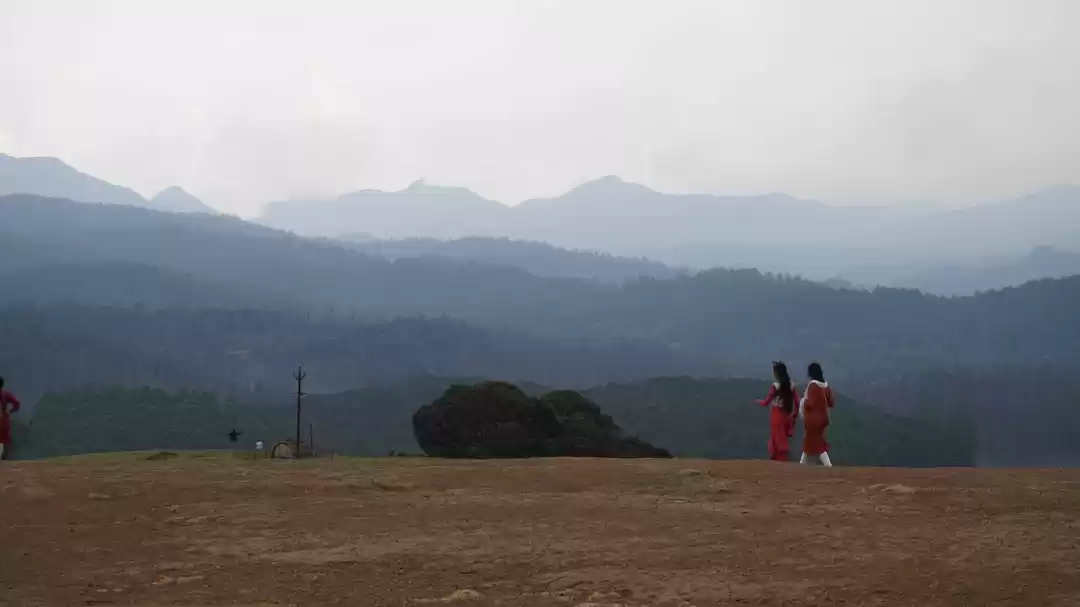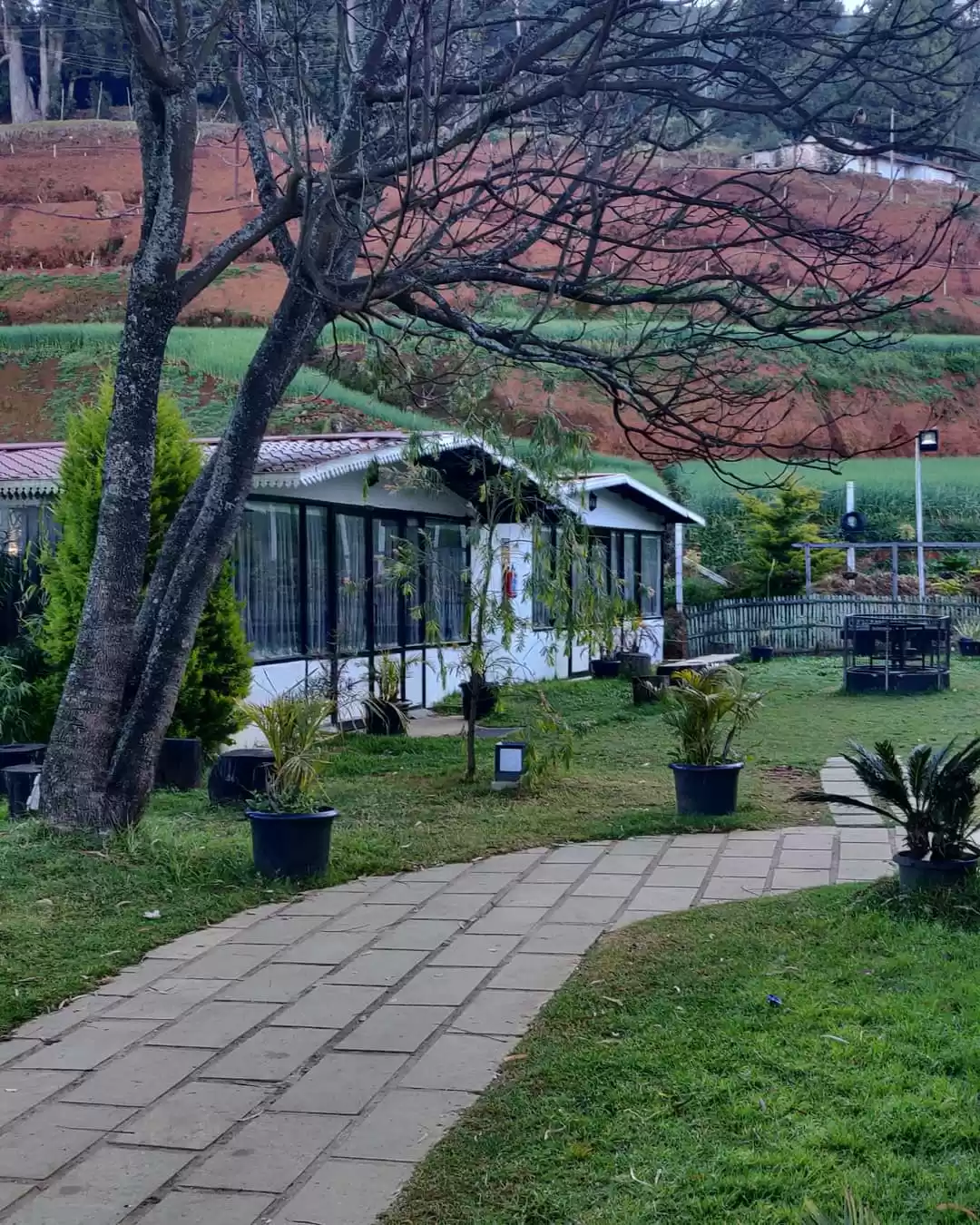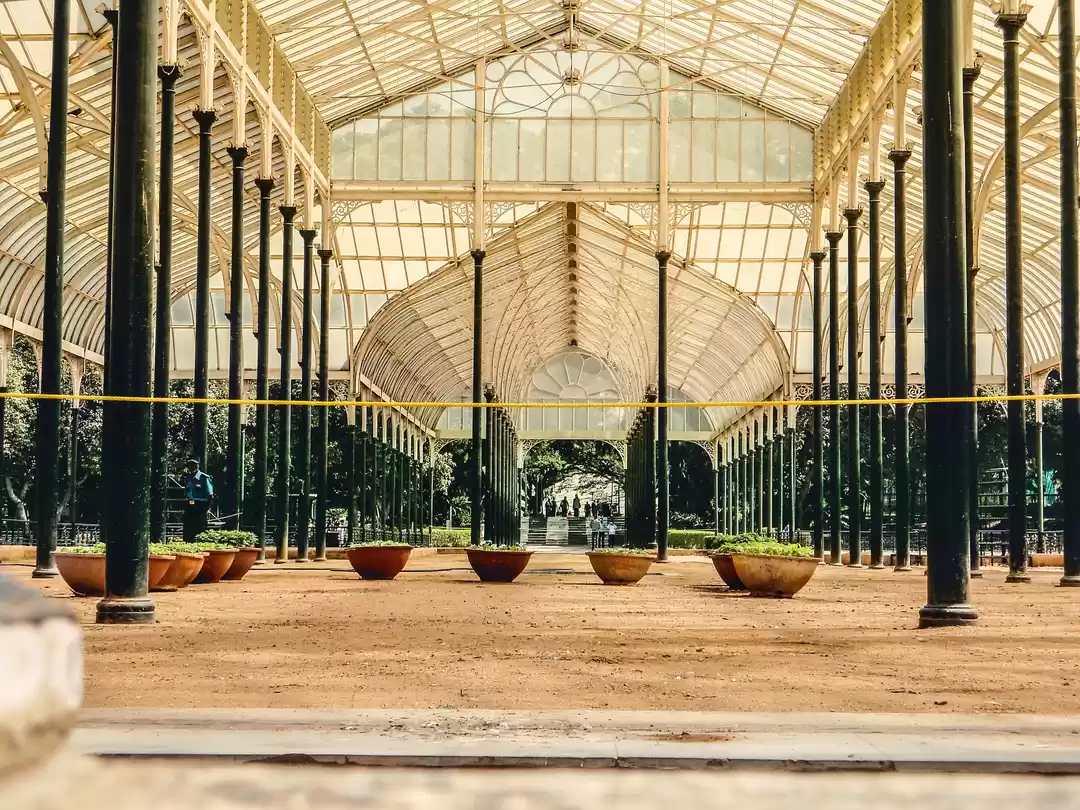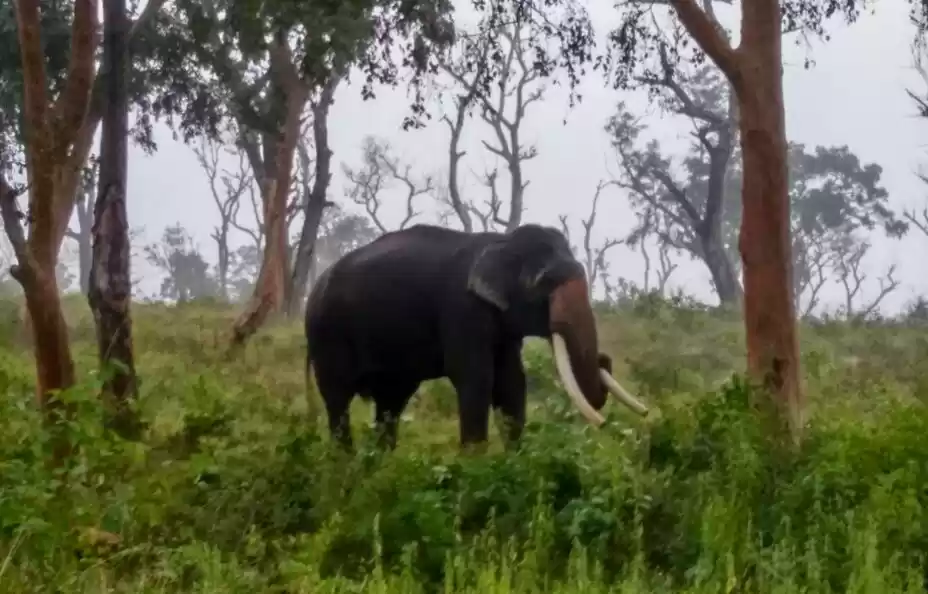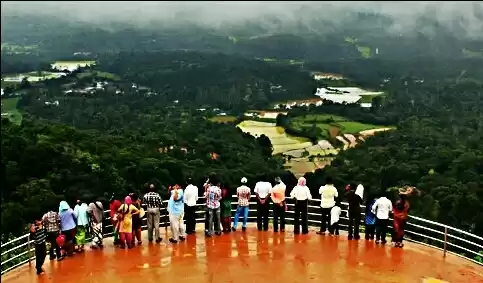
Synopsis of episode 1, 2, 3 & 4
We started from Mumbai on 8th February, 2023. Travelling on SH 92, NH 548A, NH17 and NH 66 we reached Ganapatipule which was our first night halt. Enjoyed the beautiful beach and visited the famous Ganapati temple. On 9th we continued on NH 66 passing through Kudal, Panaji. Stopped in Karwar located in border of Maharashtra and Karnataka to visit one of its tranquil, scenic beaches. Resumed trip to nearby Gokarna and reached at around 7:30 pm.
We stayed at Gokarna for two nights - 9th and 10th February. First night in Zostel Gokarna - primarily a hostel for backpackers with dormitories but also have cottages. It's on a cliff with a breathtaking view of Gokarna main beach. Second night we stayed at Gokarna International of Karnataka Tourism right on Kudle beach. Gokarna has beautiful beaches and ancient temples - Mahabaleshwar being the most well-known. On 10th morning we started for Kannur. On the way we visited Murdeshwar temple. Had our lunch in Udupi.
Reached Kannur at around 7:30 pm and stayed in KTDC Land Loom for the night on 11th February. In the morning checked out of the hotel after breakfast at around 10 am. Went to see the Kannur Light House with a very informative museum. From Top of Light House enjoyed the stunning view of the Arabian sea with beautiful beaches. Visited Muzhappilangad Drive-in Beach considered as the longest (3.8 km) drive-in beach in Asia. It was an exhilarating experience. Then we drove towards Kozhikode. There first we went to Kappad beach to the see the point where Vasco-Da-Gama landed with his team in 1498. Having lunch in a pretty restaurant on Kappad beach, we went to famous Koyenco Bazar in Kozhikode. Then we drove on to Guruvayur.
Reaching Guruvayur at around 7:30 in the evening on 12th February we checked into KTDC Hotel Nandanam near the Guruvayur temple. Went to the temple and explored the outer enclosure with beautiful flag post (Dwajasthambam) and a high pillar of lamps (Deepasthambam). Next day we reached temple premises early in the morning and could visit the sanctum sanctorum after waiting on queue for almost 5 hours. Around noon we started for Mudumalai. Reached Mudumalai at around 6 pm and started seeing spotted deers and peacocks by the roadside. We stayed in Resort Nest Inn, a pretty hotel with good amenities on 13th February. In the morning we took a safari in the forest and watched many animals and birds. After coming back to hotel we had breakfast and started for our next destination - Ooty.
Episode - 5 : 14th & 15th February,2023
We started at around 10:30 am. From Masinagudi we took the Kalhatty ghat road to Ooty as directed by Google maps. The views on both sides of the road, which is about 30 kms long, are stunning. But the road is a 12 km steady steep climb with 36 hairpin bends and quite challenging. Big vehicles usually avoid this road. Previous day somehow we could not fill fuel. The hilly road was consuming more fuel than usual and the warning sign for fuel tank was glowing. Fortunately after crossing 27 km we reached the first petrol pump at the entrance of Ooty and heaved a sigh of relief. We learnt a lesson to be more careful with refueling, especially on hilly roads. Since we did not want to stay in crowded part of Ooty, we kept on exploring till we found a resort at a very good location in the direction Coonoor (Kunnur) from Ooty. In fact the location itself was a view point and the hotel JJ Divine Hiland Resort had some very well appointed rooms. From the balcony with a sunroof we had the gorgeous view of the Nilgiris. The Nilgiri Mountain Railway route was also visible from balcony and we enjoyed watching trains moving back and forth. There was no restaurant but they got food delivered from some outlet. The options were limited but we were quite happy with the service provided. After having lunch in the balcony and enjoying the glorious view for sometime, we went out for sightseeing.


First we went to the adjacent township of Coonoor situated around 20 km from Ooty. Famous for producing the Nilgiri tea, Coonoor is the quieter cousin of famous and busier Ooty. Coonoor has been home to the Toda tribe, indigenous to the region. The place was set up as a summer retreat and sanatorium to treat sick European patients during the early 19th century after being discovered by John Sullivan, who belonged to the East India Company. The Nilgiri Mountain Railway was also set up to make travel to the hill station easier. Coonoor has the beauty of tea plantations, valleys, ravines and waterfalls all around. There are quite a few trails for trekking and hiking in the surrounding hills of Western Ghats. The Pasteur Institute of India, a premier institute in production of Anti Rabies Vaccine (dog bite vaccine) and DPT vaccine (triple antigen), is in Coonoor. The death of a young English lady Lily Pakenham Walsh, due to hydrophobia in the year 1902, who could not get anti-rabies treatment in time, led to the establishment of Pasteur Institute of Southern India. The cool and equitable climate led to the choice of Coonoor as the most suitable location for the construction of the institute.

At around 3 kilometres from Coonoor town, lies Wellington, a small military township that houses the Wellington Golf Course, one of the oldest Golf Clubs in South India with a history that dates back to a little over 100 years. The Defence Services Staff College is situated here where Field marshal Sam Manekshaw had served as commandant earlier in his career. Post retirement from active service he settled here with his wife till his death from complications from pneumonia at the Military Hospital on 27 June 2008 at the age of 94. In 2014, a granite statue was erected in his honour close to the Manekshaw Bridge on the Ooty-Coonoor road, which had been named after him in 2009. Wellington is the headquarters of Madras Regimental Centre.

We came back to Ooty and visited the famous lake there. In a restaurant overlooking the lake we had hot chocolate and Varkey - the famous cookies of Ooty. Visiting the local market we purchased some tea, essential oil, home made chocolates and bakery products. In one of the numerous restaurants we had our dinner of slow cooked kebabs before returning to our resort.

Next morning we checked out after breakfast at around 8:30 am to go to Bangaluru which was our final destination. However we planned to stop in Mysore and visit the Mysore Palace and Vrindavan Garden on the way. We went back to Theppakadu, but a road signage declaring one way created doubt and we took the road via Gudalur instead of the Kalhatty ghat road via Masinagudi. This road also was quite beautiful with tall trees seeming to reach the sky. But it was a much longer route with more traffic and patches of the road under construction resulting in substantially longer journey time.

We reached Gudalur at around 1 pm and stopped at a Udipi restaurant. Had a vegetarian thali which was good and cheap. Moving on after lunch we reached Theppakadu at around 2 pm were passing through Mudumalai. Shortly afterwards we entered Bandipur Forest in Karnataka. Here also we saw some spotted deer, however less in numbers as it was a hot afternoon.


Driving on we reached Mysore at around 4 pm and headed straight to Mysore Palace - one of the most famous and well-known attractions in India.
The Palace of Mysore (also known as the Amba Vilas Palace) used to be the residence of the royal Wodeyar / Wadiyar family of Mysore from 1350 to 1950, for almost 600 years. During its lifetime, the palace had been built and rebuilt many times. In 1897, the then ruler of Mysore, Krishna Rajendra Wodeyar IV, ordered the restoration and reconstruction of the palace after a wooden palace was destroyed by fire at a wedding ceremony. Lord Henry Irwin, the British architect, was commissioned to replace the older palace. The palace's construction was completed in 1912 and cost an exorbitant amount of INR 41,47,913 at the time. In 1940, several renovations were made in the palace structure, which included the Public Darbar Hall. The walled palace complex has four entrances. The descendants of the royal family continue to reside in one portion of the Mysore Palace, while most of the palace is now state-owned and converted into a museum. There are several shrines including the Shwetha Varahaswamy temple inside the premises. The palace is illuminated on Sundays, Public Holidays as well as during the Dasara Celebrations.
A three storied structure, it has magnificent rooms like the Durbar Hall with its ornate ceiling and sculpted pillars and the Kalyanamantapa (marriage pavilion) with its glazed tiled flooring and stained glass, domed ceiling. Intricately carved doors, the golden howdah (elephant seat), the fabulous, jewel encrusted golden throne (displayed during Dasara) are amongst the palace's other treasures. Displays in the palace include royal dresses, souvenirs, musical instruments and weapons used by the Wodeyars, an array of superb paintings including the ones illustrating 8 manifestations of Goddess Shakthi as also a masterpiece by famed artist Raja Ravi Verma.
The renowned Mysore Dasara festival is celebrated in the palace every year. The palace remains illuminated during 10 days of the festival and the Chinnada Simhasana or Ratna Simahasana that is the royal throne decorated with fascinating designs on its gold plates is displayed. On the auspicious day of Mahanavami the 'Pattada Katti' or the royal sword is taken on a procession with camels and elephants. The grand Dasara procession initiates from the palace on the Vijayadashami with the idol of Goddess Chamundeshwari seated on a gold mantapa.
We spent around two hours enjoying the dazzling splendour of Mysore Palace.






After having a cup of filter coffee at a roadside stall we proceeded to Vrindavan Garden. It is a located at a distance of 20 kms from the city of Mysore near the township of Srirangapatna. It lies adjoining the Krishnarajasagara Dam which is built across the river Kaveri. The main attraction of the park is the musical fountain in which bursts of water are synchronised to the music of songs along with laser show. There is also a lake within the garden with boating facilities. Since it was on our way to Bengaluru, we decided to have a look. We reached there at the time of Sunset at around 6:45 pm. The laser show was supposed to begin at 7:30 and we joined the crowd near the fountains. The atmosphere was festive with fountains lit in colourful lights and exuberant groups of schoolchildren cheerfully shouting. However, show was not started till 7:40 and then we came to know it had been closed for maintenance for past few days. There was a notice which nobody noticed! Laughing at our situation, we came out, had a quick dinner in one of the stall in the garden premises and started for Bengaluru.


We started at around 9 pm from Vrindavan Garden and it took almost 3 hours to reach my brother's place in Bengaluru where we went to attend a family function.
We returned to Mumbai via another route with halt at Hampi. That will be another post.
Some titbits from Google maps:
14th February, 2023 : Driving distance covered was hardly 32 kms in 1 hours and 30 minutes from Masinagudi to Ooty. We covered some 13 km in to and from journey to safari point. After reaching Ooty another around 42 kms covered for local sightseeing.
15th February, 2023 : Driving distance covered was 349 kms in 10 hours and 55 minutes from Ooty to Bengaluru. Total journey time was 15 hrs (Lunch, Mysore palace, Vrindavan Garden and dinner).



